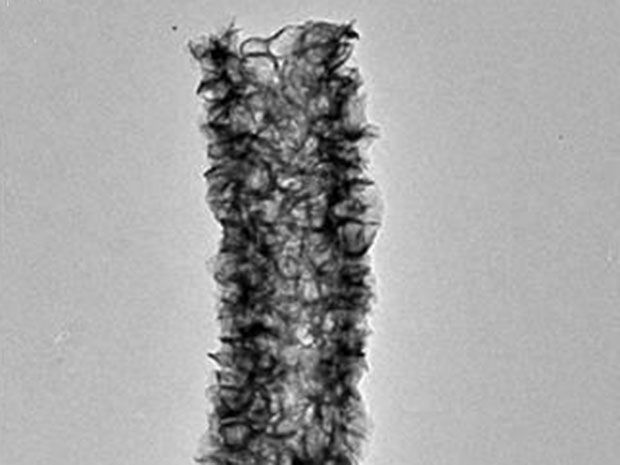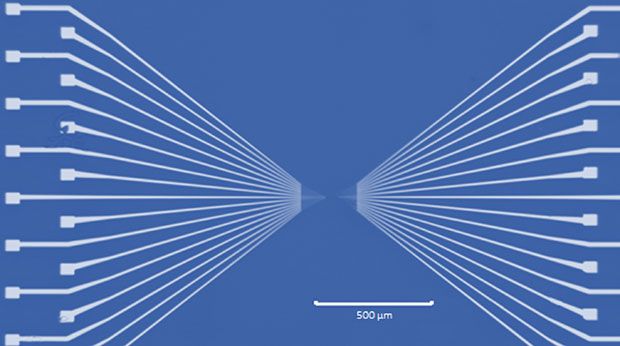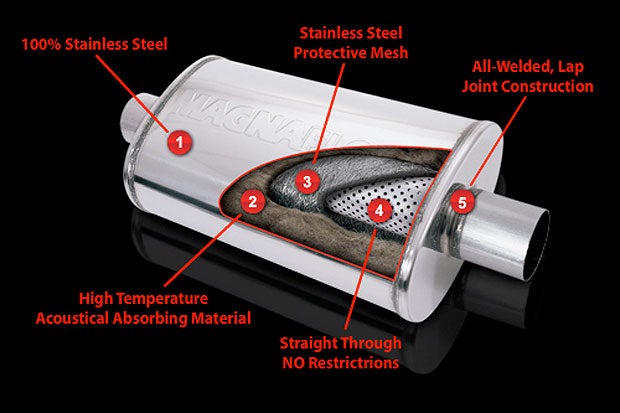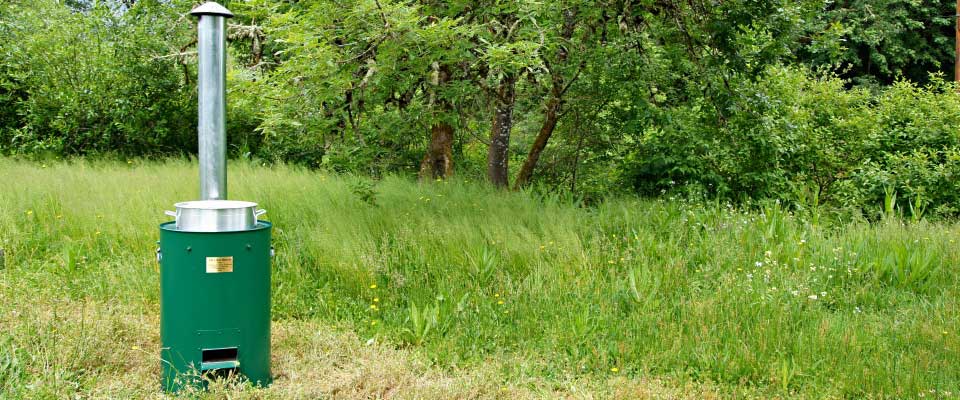Researchers at the University of Massachusetts at Amherst have
genetically modified common soil bacteria to produce nanowires capable of conducting electricity at a level that surprised even the scientists themselves. After years of skepticism that this was even theoretically possible, the practical demonstration could lead to a new generation of “green” electronics in which nanowires could be produced in plant waste, without the need for toxic chemicals.
The research, which was supported by the Office of Naval Research (ONR), goes back to a series of papers that Derek Lovley, a professor at UM Amherst, published back in 2011.
Lovely overcame skeptics who claimed it was impossible for soil bacteria to conduct electricity. Brushing aside computer models indicating that it was impossible to make the bacteria into electrically conductive nanowires, Lovley demonstrated through experiments that it was indeed possible.
“Research like Dr. Lovley’s could lead to the development of new electronic materials to meet the increasing demand for smaller, more powerful computing devices,” said Linda Chrisey, a program officer in ONR’s Warfighter Performance Department, in a press release. “Being able to produce extremely thin wires with sustainable materials has enormous potential application as components of electronic devices such as sensors, transistors and capacitors.”
The bacteria that Lovley has used in his experiments are called Geobacters; they possess nanoscale protein filaments extending outward from their bodies. These protein filaments are the key to the bacteria’s growth, as they allow it to make electrical connections to the iron oxide contained in the soil where it lives. While these connections allow the Geobacter to survive, it was believed that they could never be made to conduct electricity to the extent that it would ever be useful for human interests, namely electronics.
To get the bacteria to perform that task, Lovley altered the bacteria’s genetic makeup by replacing two of its amino acids with tryptophan—that’s right, the chemical in turkey that supposedly makes us sleepy. Whether tryptophan actually makes us sleepy or not, it is remarkably good at transporting electrons at the nanoscale.
“As we learned more about how the microbial nanowires worked, we realized it might be possible to improve on nature’s design,” said Lovley. “We rearranged the amino acids to produce a synthetic nanowire that we thought might be more conductive. We hoped that Geobacter might still form nanowires and double their conductivity.”
In the latest research, described in the journal
Small, Lovley and his colleagues were able to get these bacteria nanowires to perform beyond all expectations. The genetically modified bacteria were over 2,000 times as conductive as they were in their natural state. With the greater conductivity came two other new properties: greater durability and smaller size (the filaments’ diameters shrank to as little as 1.5 nanometers).
While applications for the bacteria-based nanowires could be as far ranging as digital electronics and medical sensors, the research was supported by the ONR, so military applications are likely going to be high on the priority list. ONR believes that the nanowires could prove useful in providing electrical currents to microbes that would in turn produce the fuel butanol.
Also, these nanowires could provide electricity to microbes that are placed on silicon chips and are used to
detect chemicals, such as explosive materials.
Lovley added: “This is an exciting time to be on the cutting edge of creating new types of electronics materials. The fact that we can do this with sustainable, renewable materials makes it even more rewarding.”






 Mikä on käyttötarkoitus? Valopetrolia retkikeittimeen vai dieselpolttoainetta aggregaattiin vai...?
Mikä on käyttötarkoitus? Valopetrolia retkikeittimeen vai dieselpolttoainetta aggregaattiin vai...?